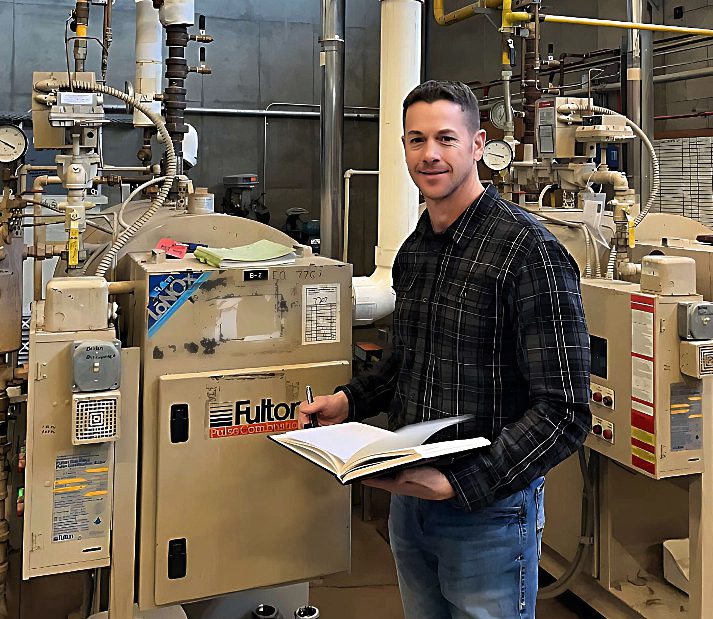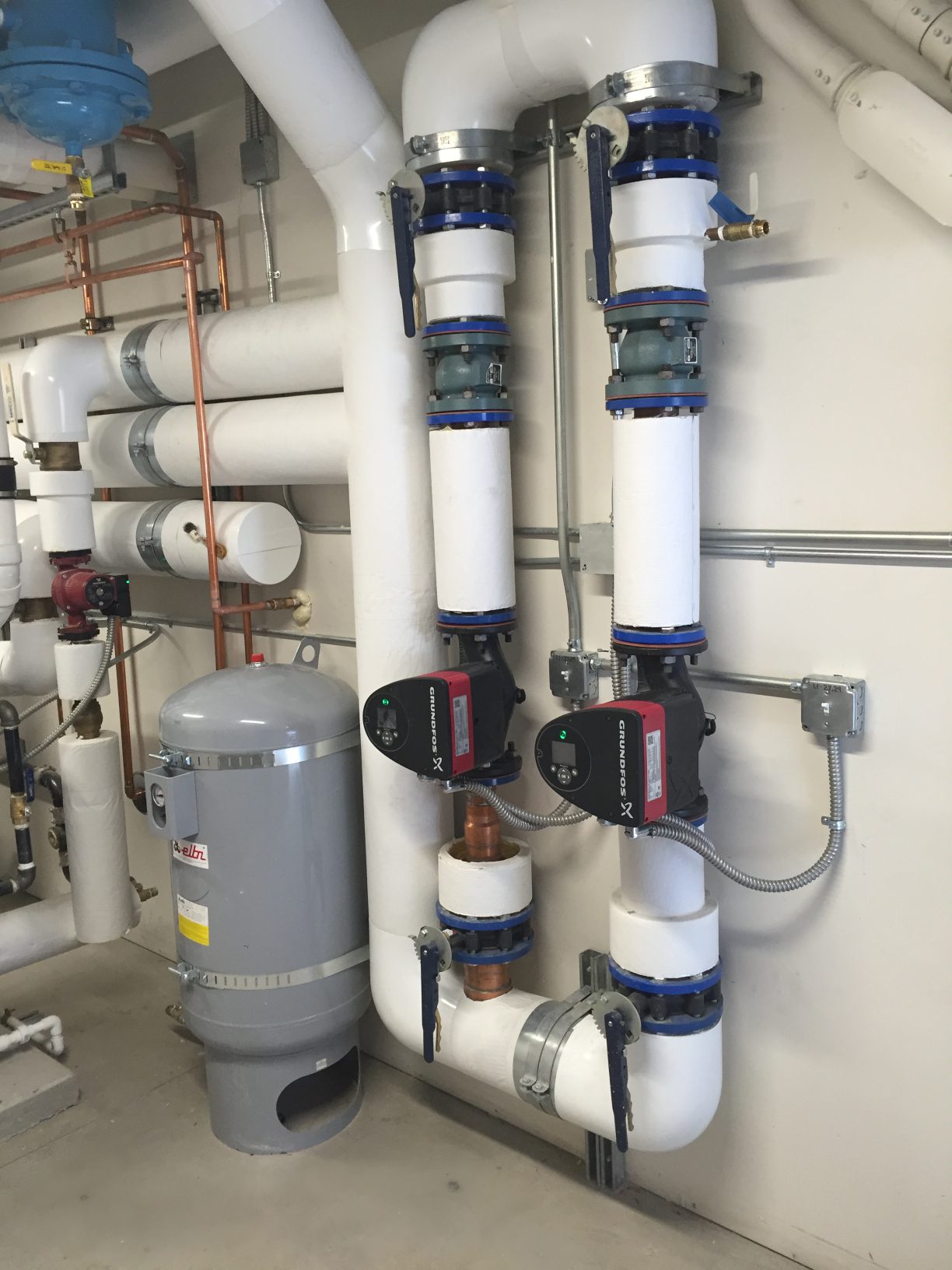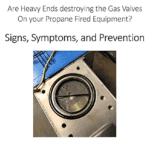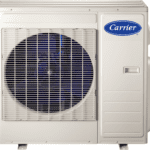“To Valve or Not to Valve” that is the Question?
Designers and installers often forget critical valves specifically; Isolation, Check and Purge Valves.
These are used for hydronic, steam, and plumbing systems. Alternatively, they include valves that are not necessary at all.
So, this begs the question, where and when should valves be installed?
We will be talking specifically about Isolation, Check and Purge Valves
I will break down several key areas where valves should be installed and where valves are not needed at all.

Where should Isolation Valves be installed?
- Isolation valves should be installed where it may be necessary to isolate equipment to work on it. It is critical that valves be installed on the inlet and outlet of hydronic equipment. This is crucial so that it can be worked on or replaced without draining down the entire system. The same applies for unitary pieces of equipment such as fan coils, heat pumps, and radiant manifolds. In addition, this can also apply to plumbing fixtures such as toilets, lavatories, and water heaters.
- Be sure to install Isolation valves on major pipe branches that feed different sections of the building. This will allow certain sections of the building to be isolated for work or even expansion.
- It is a neccesity that isolation valves be installed on main water lines feeding a building. This allows maintenance technicians to shut off the water and work. This ensures their saftey when working on equipment or make piping repairs downstream of the valves.
- Air Vents require Isolation valves as automatic air vents are prone to failure, and it is often necessary to isolate them for cleaning and replacement purposes.
- Expansion Tanks are often overlooked by designers and installers. However, it is important to remember that there always should be an isolation valve installed on an expansion tank. In addition, a purge and drain valve should be installed between the isolation valve and the tank. This is to purge the air from the line and to drain the pressure off and check the bladder.
Where should Isolation Valves not be installed?
- When there is already a nearby valve that can accomplish the same thing, isolation valves are not needed . This is something that we often see. Frequently, designers specify redundant and unnecessary valves. This is a waste of money and unnecessarily increases the cost of the project.
- Valves also may not be needed on temporary installations where there is no long-term benefit to having the valve.
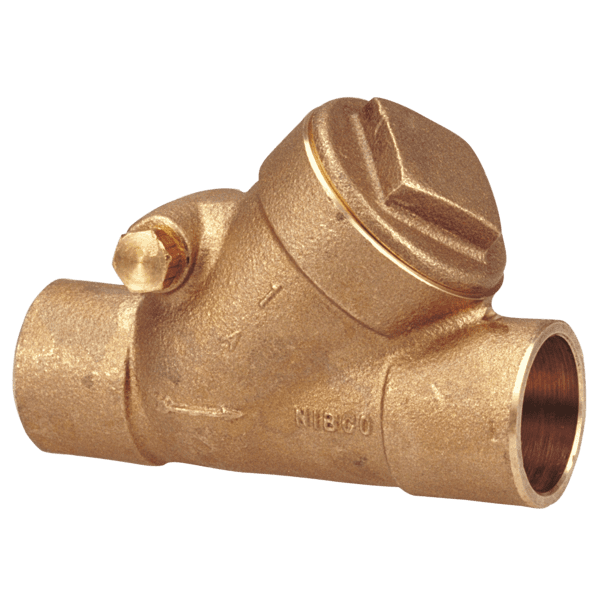
Where should Check Valves be installed?
- Check valves are used to prevent water or steam from going back up a line where it should not be directed. Check valves should be used on parallel equipment systems (pumps, boilers, chillers). This is to prevent the water or steam from flowing through a piece of equipment that is off.
- Ensure that check valves are also installed on a main domestic water line that if it is equipped with a hot water recirculating pump. This is to prevent the recirculated water from going into the cold line. In addition, a check valve should be installed downstream of the hot water recirculating pump. This prevents cold water from going into the recirc line when the pump is off.
Where should Check Valves not be installed?
- It is not necessary to install a check valve on a single pump hydronic system. For example, a chiller may be piped in primary fashion with just one pump. The water can only go one way, so installing a check valve downstream of the pump is a waste and unnecessary expense.
- Additionally, it is not necessary to install check valves on primary/secondary systems with a single pump on the primary loop and a single pump on the secondary loop. The water can only go one way as dictated by the pumps, so installing check valves is wasteful and an unnecessary expense.
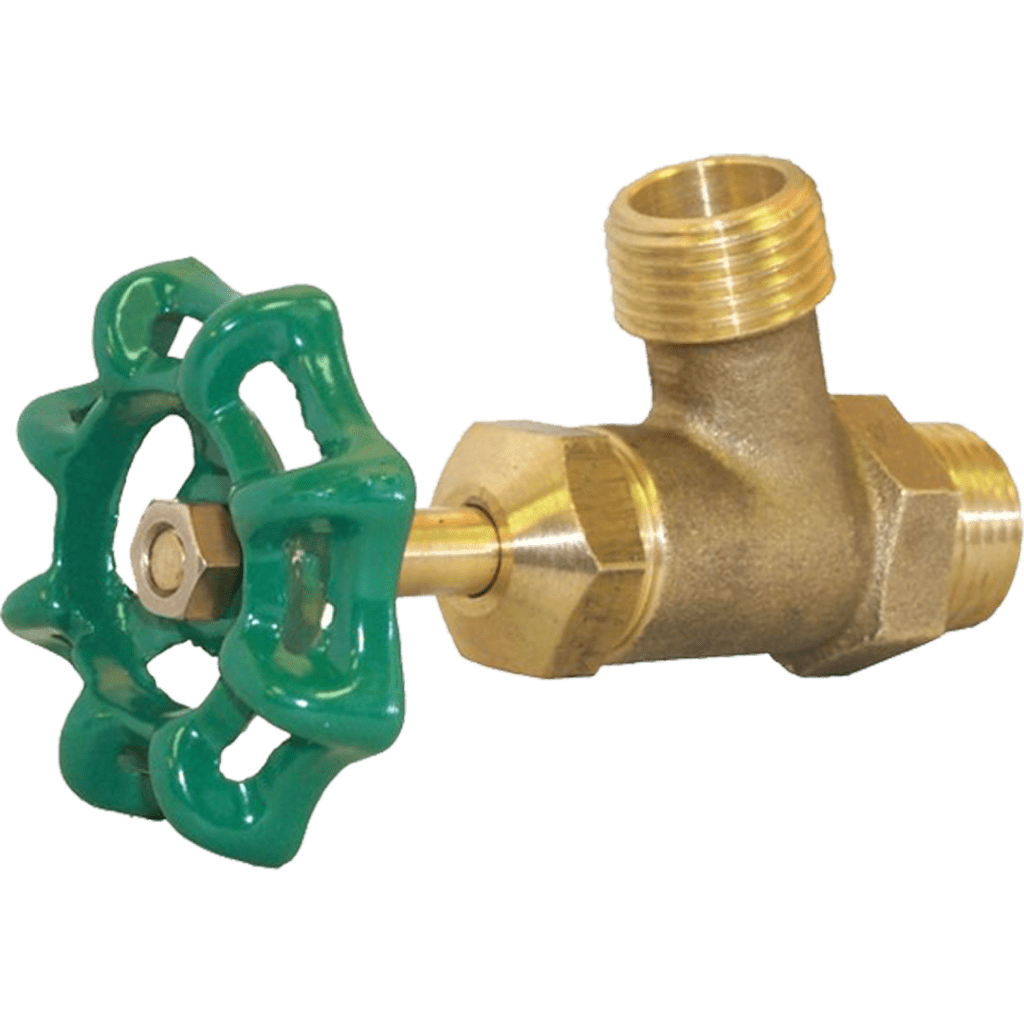
Where should Purge/Drain Valves be installed?
- Purge and drain valves should be installed where it is necessary to purge the air out of a system. It is critical to get as much of the air out of a hydronic or plumbing system. This allows the water to flow freely.
- A purge and drain valve should typically be installed on every piece of equipment that can be isolated with isolation valves.
- As a rule of thumb, there should always be a purge/drain valve on the main return line coming back from a hydronic heating or cooling system. This will allow the system to be filled from the supply line and force the air back up the return line and out the purge/drain valve. One effective way to determine where a purge and drain valve should go is to ask how the installer is going to get water into the system and air out of the system.
- Purge/drain valves should always be installed on an expansion tank. This will allow air to be purged out of the line. More importantly this allows for the pressure on the expansion tank to be drained off to check the bladder pressure.
- Domestic hot water recirculating line between the pump and downstream requires a check valve. A purge/drain valve should be installed. This will allow the installer to bleed the air from the line for the pump to operate correctly.
Where should Purge/drain Valves not be installed?
- Typically, the over installation of purge/drain valves is not an issue. It is much more likely that the designer and installer do not install enough purge/drain valves.
- Redundant purge/drain valves are sometimes installed on equipment, and this can be wasteful and expensive.
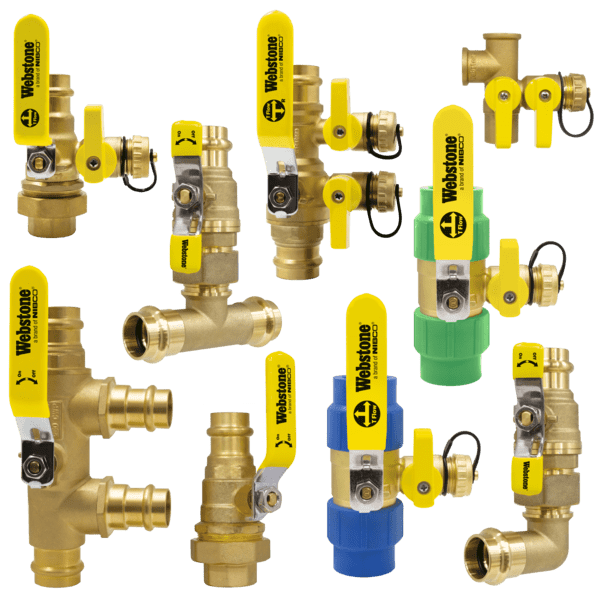
What are Combination Valves and when should they be installed?
- Combination valves are valves that do multiple things within one valve body. For example, multi-purpose valves or triple duty valves are a combination of a check valve, isolation valve, and balancing valve. Another such combination valve is a ball-drain valve, which combines an isolation ball valve with a purge/drain valve.
- These valves should be used as much as possible as they save money both from the material side and from the installation side.
At Efficient Mechanical Systems Engineering, we have designed and supervised the installation of thousands of Isolation, Check and Purge Valves. These are used for typical hydronic, steam, and plumbing systems.
We have the knowledge and experience to make sure that the proper number and location of valves are installed.
Let us help you with your next project!
